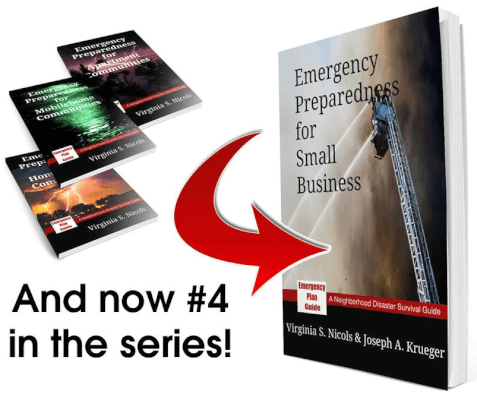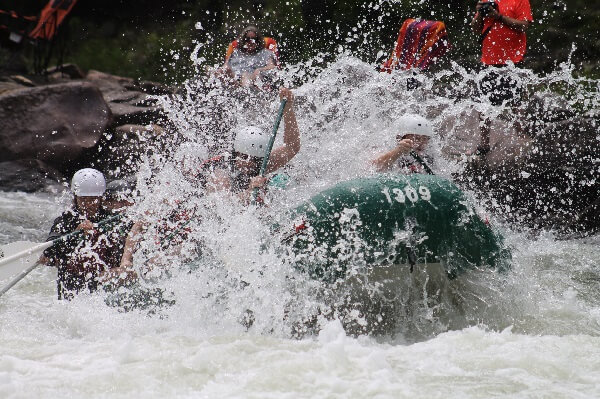
Joe almost drowned.
It was summer in West Virginia and we were eagerly looking forward to our fourth river rafting trip. We had previously gone rafting in California so this would be a different sort of adventure.
Oh, it turned out to be different all right!
The rafting company was operated by the usual mix of tanned young outdoor types, who got us suited up with some smelly half-damp life vests and loaded us into a clumpy bus for the 20 minute ride to where we would put in.
I seem to recall that the trip included some Class III and just one set of Class IV rapids. That’s where the raft simply rose up on one side and flipped Joe right out. We all laughed a bit and watched as he was swept ahead of us downriver. We couldn’t catch up right away so he rode the rapids the whole way, feet up in front to keep them from getting snagged, just as he was supposed to.
What we didn’t realize was that his life jacket wasn’t supporting him. Because it was already partly water-logged, and probably too small, every time he got his feet up his face went under. At the bottom of the rapids we finally pulled the raft up beside Joe. He stared up at us blankly, his chin under water, unable to speak or even reach out. Thank goodness the guide saw what was happening, reached over the side, grabbed the front of the vest with both hands and hauled Joe headfirst right over herself into the boat.
For the next 15 minutes Joe lay face down, gasping and coughing and hardly moving while the guide scrambled and got us a place to land. He didn’t say anything at all for the next couple of hours either, as we finished the run. (No more rapids.)
OK, you know he is now recovered. After all, that was a good 20 years ago. But we have never again gone rafting; the memory is just too painful for him.
What’s the point of the story? There are actually 2 of them.
- First, someone could be drowning and you might not even know it.
- Second, even a strong swimmer can be let down by bad equipment.
Here’s more . . .
Drowning doesn’t look like drowning.
I was reminded of our rafting story when I came across a super article last week published in one of my LinkedIn groups. It was written in 2010 by a Coast Guard rescue swimmer named Mario Vittone, published in the Coast Guard magazine, then republished and read 574,000 times since then! Here’s the link: http://mariovittone.com/2010/05/154/
If you don’t have time to read it right now, some highlights:
- Drowning is NOT what we see on T.V. – screaming, wild splashing, arms waving. In fact, drowning is deceptively quiet. That’s why we read so often of children drowning just a few yards from their parents or other adults. In fact, the CDC said 10 percent of parents watch their children drown because they don’t know it’s happening!
- Drowning people cannot call out. They are desperate for just one breath in before going under again.
- Drowning people cannot reach for a float or pole. They instinctively press down with their arms on the surface of the water to try to raise themselves.
Other signs: mouth at water level; head tilted back with mouth open; hair over eyes or face; eyes unable to focus; not using legs.
Joe fit all the symptoms. He was drowning.
Please become number 574,001 on the list of people who have read the WHOLE STORY and know what to do in the 30 seconds or less you have to save someone.
Bad equipment is like no equipment.
If you’re using rental life vests – known as Personal Flotation Devices or PFDs — check them out thoroughly for fit and floatability. And, of course, the same with any life vests you intend to buy for your family.
Fit: My granddaughters are very young. They love their water wings and are fearless around deep water. However, like all kids they GROW. That means their parents are replacing not only swimsuits at least once a season, but also life vests/water wings and all other water paraphernalia.
It turns out that life vests may be measured by weight or by chest size or both. The vest that Joe was wearing on the river trip was measured by his chest size only – not by his total weight! A mistake!
For children, the most common mistake is a vest that is TOO BIG. It it’s too big, it can slide off or be so uncomfortable the kid takes it off.
For adults, particularly big ones with a belly measurement bigger than your chest measurement, using only chest size may suggest a vest that is TOO SMALL for you.
Take the time to be sure you have the right size!
Function: Different life vests are available for different water sports. For example, you can find vests specifically for learning to swim, for boating, paddle boarding, fishing, kayaking, etc. Then there’s a whole other series (tighter!) designed for more active water sports like waterskiing, wakeboarding or wake surfing. And there are newer waist vests that only inflate when you want to inflate them.
As always, one size or style doesn’t fit all. And people, being people, won’t wear a vest that is too uncomfortable. Shop to pick the best style for your body and your water plans – and always start with a vest that is U.S. Coast Guard approved.
Floatability: Joe’s vest may have been the right size, but it had not been properly taken care of. The nylon was ripped and inside foam was already water-logged, which meant the jacket could not keep his nose and mouth above water.
Now, not all vests are designed to do this even when they are new – so once again, take the time to figure out where you’ll be in the water (close to shore? raging river? out in the middle of Lake Superior?), what you’ll be doing (sailing? snorkeling? jumping off the rocks?) and who is likely to be nearby to help.
Here are some examples of life vests to get you started on your shopping. I picked these because they got good reviews from other buyers and because they offer features I’d want. I’ve given an idea of cost at Amazon — where we are associates — but be sure to click on the image or link to get the accurate price and delivery details. Different colors may cost different prices, and sometimes the best price doesn’t include shipping. Again, these are all-round, everyday vests. The cost of specialty vests for a particular sport can quickly reach $100 or more.
1-Infant/toddler swim vest that won’t accidentally come off.
For an infant or toddler weighing less than 30 pounds, this jacket has features you’d want to look for: a strap that goes between the legs so the vest can’t ride up or slip off; a grab handle at the top so you can easily scoop the baby out of the water. The most popular and cheapest model is blue. I’d choose red because it would be more visible in the water. On the day I searched for this, the cost was right around $20. US Coast Guard-approved, of course.
Classic Vest Infant/Red


2-Vest for child learning to swim.
The Body Glove vest below, with chest vest and arm bands, is designed to help a kid learn to swim. It is NOT a classic life vest like the red one above. Rather, it’s meant to be used where watchers are close by to give an immediate hand in case of trouble. What I think would be important is the fact that the child can’t take this off by him or herself! (Fastens in back.) For a child weighing 30-50 pounds. And naturally there are other “motifs” including mermaid and pirate. Great presents! Prices range from $20-30.
Body Glove 13226H Kids 13226M Paddle Pals Motion Swim Life Jacket, Race Car


3-Life jacket for active kids.
The kids I know would not be happy wearing a stiff or bulky life jacket and would surely find a way to get it off. This one they might leave on because it is slim and smooth and has 5 “built in” hinges for flexibility and comfort. (The flex-back jackets seem particularly popular for adults, too.) This fits kids from 50-90 lbs, comes in a different color scheme, too. (There are a number of vendors selling this jacket; only some are eligible for Amazon’s Prime. Check carefully.) Price on this one was $40-$50 the day I shopped.
Full Throttle Youth Hinged Rapid-Dry Flex-Back Vest, Blue/Green, Size Youth


4-Classic life vests for adults.
There are lots of choices for adults. The first one here seems to be a good all-round life vest. It features light-weight flotation foam covered with a smooth nylon shell. You can adjust buckles for comfort, and the vest has open sides for even more comfort. Cost is around $30.
Now, it says the vest is designed for adults weighing 90 pounds or more, but if I were BIG, I’d probably be looking at the second vest below, the red one, also made by Stearns.
Stearns Adult Watersport Classic Series Life Vest, Yellow


Compared to the Watersport Classic, the Classic vest from Stearns comes in larger sizes: “Oversized” and “Universal.” Read the instructions and dimensions to be sure to get the right one. This costs a few dollars less than the Watersport model above (three sets of buckles instead of 4?).
Stearns Adult Classic Series Vest, 3000001412, Red, Universal


In the U.S. there are about 10 deaths a day from drowning, and another 1 of drowning as a result of a boating-related incident.
You and family members will ALWAYS be around water, one way or another. Learn to swim. Learn more about water safety so you don’t become a statistic – and learn how to save someone who’s in trouble so they don’t become a statistic, either. There’s a simple “How to save someone from drowning” lesson here.
Oh, and don’t let our story about river rafting deter you. It is REALLY EXCITING and GREAT FUN! Just be sure your equipment is sound!
Virginia
Your Emergency Plan Guide team





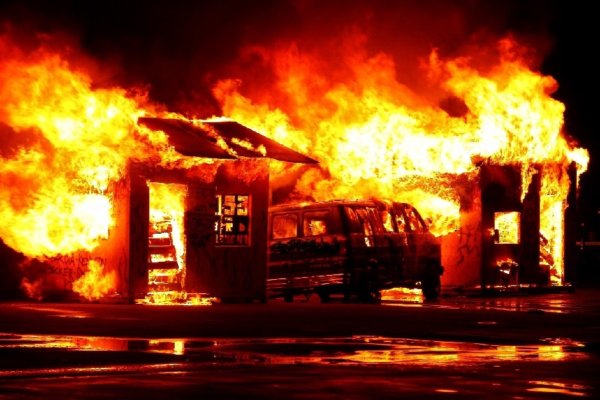
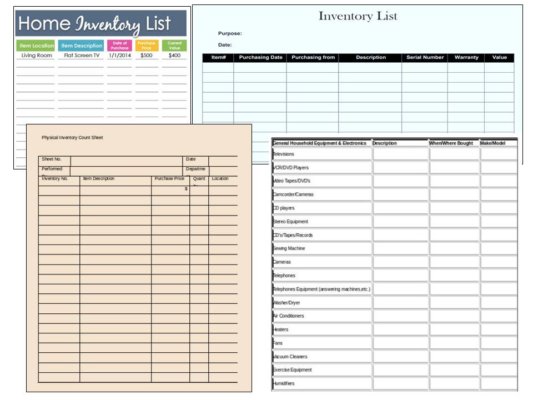




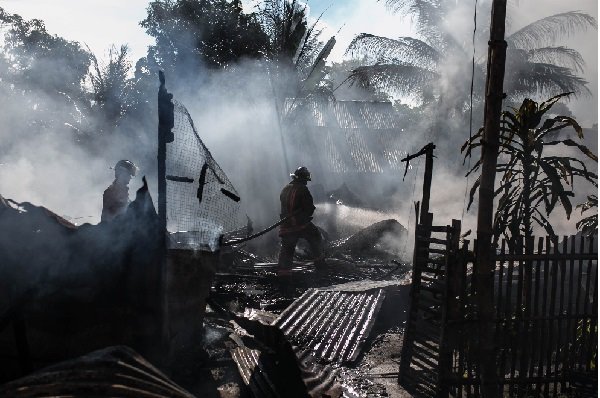
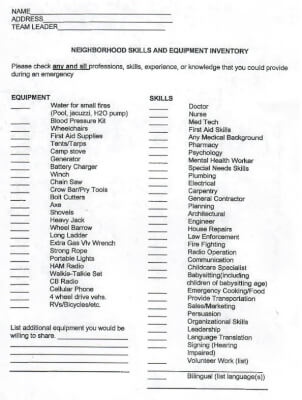
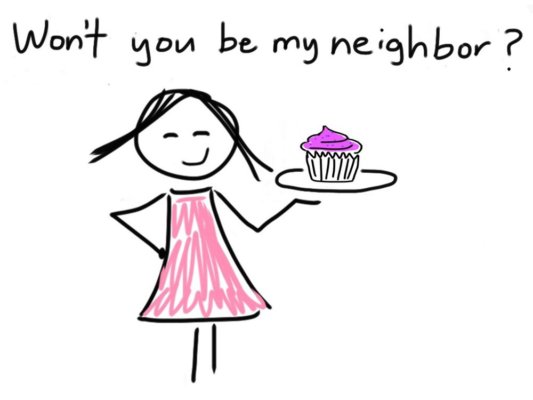

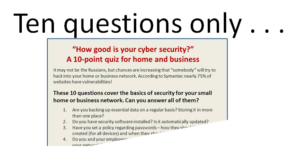
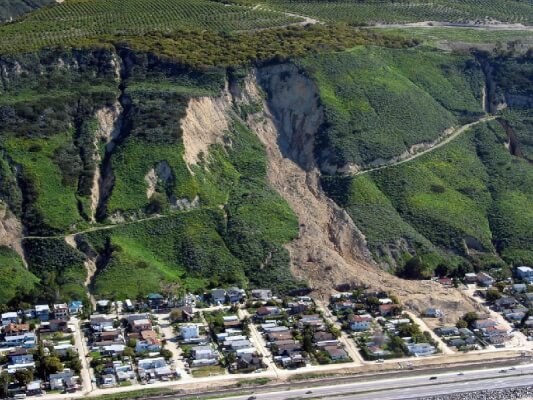
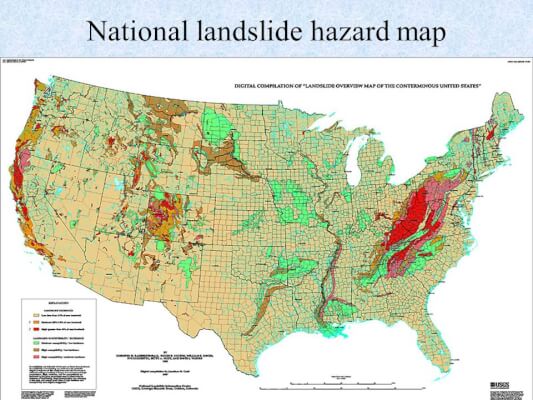




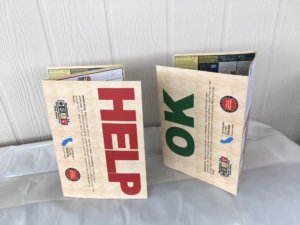 Advantages of the colored card system:
Advantages of the colored card system:



